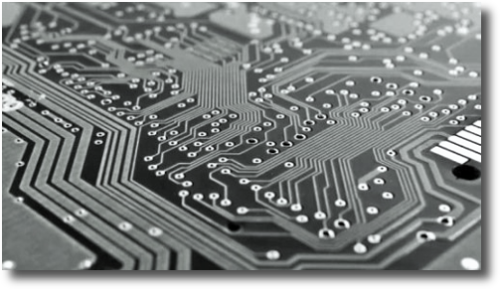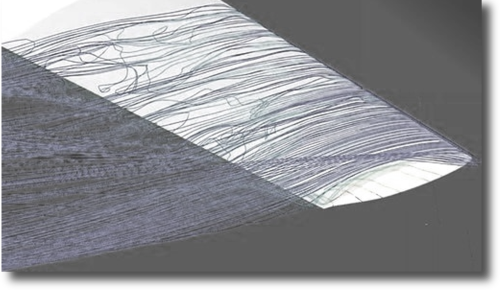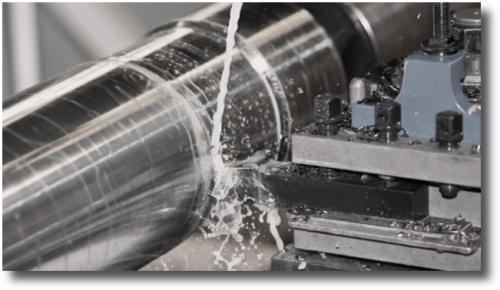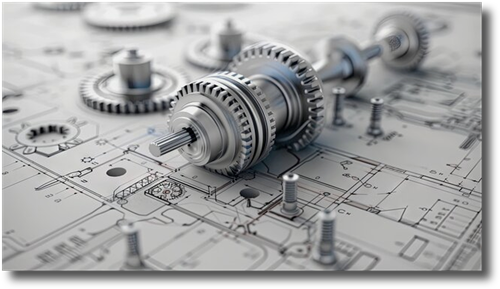Space Thrusters
SPACE & SATELLITE TECHNOLOGIES

Spacecraft Propulsion Systems
SPACE & SATELLITE TECHNOLOGIES
We design and develop thrusters primarily for Attitude and Orbit Control Systems (AOCS) in the orbital sector, for satellites (transfer stages, in-orbit servicing, atmospheric reentry), and for Roll Attitude Control Systems (RACS) of launchers. Our systems use hydrogen peroxide (H₂O₂) as the main non-polluting energy source. Our efforts are focused on providing propulsion systems that are more efficient, easier to integrate, miniaturizable, and economically competitive by integrating innovative technologies and developing hybrid solutions.


Our objectives are to introduce propulsion systems to the satellite market with thrust capabilities ranging from 0.5 to 20 N, delivering significantly enhanced performance to meet both current and future demands of the space and satellite industry. Through innovative development processes, we are creating products that are economically competitive right from the design phase. More specifically, our ambitious research and development strategy for propulsion systems aims to achieve the following improvements in a relatively short timeframe:
Performance Enhancement
Specific Impulse (Isp)
Minimum Specific Impulse
Thrust-to-Weight Ratio
Endurance
Integration Capability Improvements
Miniaturization
Scalability
Operational Improvements
Stability and Lifespan
Handling and Implementation Safety
Reduction in Toxicity and Environmental Impact
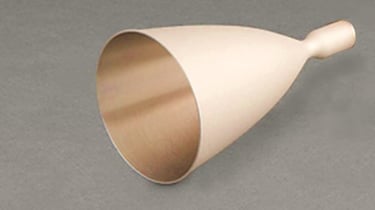

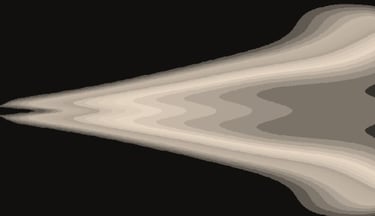
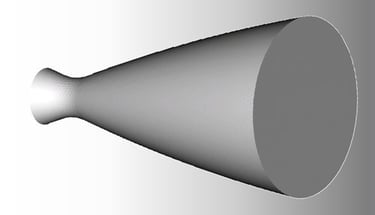




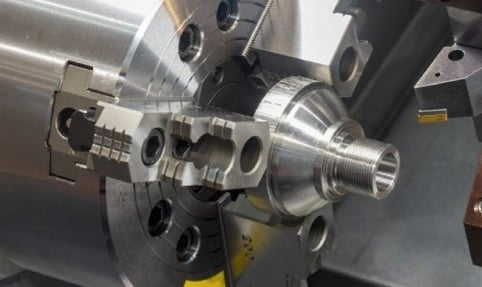

SPACE & SATELLITE TECHNOLOGIES
Technical Objectives
We have adopted a development strategy based on the use and critical evaluation of existing technologies. This approach allows us to identify and explore possible avenues for improvement. Progress is made by evolving current technologies, integrating in-house developed technologies, and implementing a hybridization process to optimize the entire system. This holistic development approach ensures that each element of the propulsion system is carefully analyzed, refined, and integrated to work in harmony with the whole, ensuring perfect interactions between components. Our goal is clear: to maximize the overall performance of the system while continuously simplifying it to enhance its efficiency and reliability.
Our research and development efforts focus on optimizing every component of the propulsion systems, from tanks to decomposition chambers, to nozzles. Miniaturization is also a major objective of our work. Special attention is given to catalytic beds to improve their performance and longevity, by exploring new catalysts and developing new manufacturing processes. We also create hybrid technologies in-house, aimed at increasing the performance, efficiency, and stability of the systems, thus ensuring increased reliability and safety.
SPACE & SATELLITE TECHNOLOGIES
Development Strategy
Follow our news!


